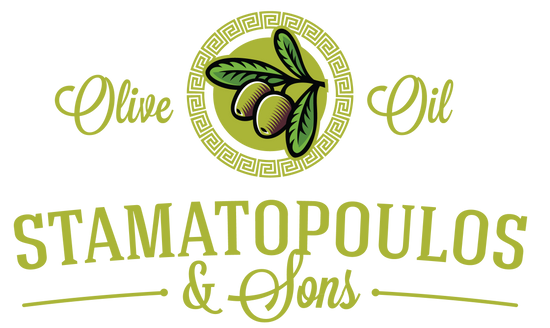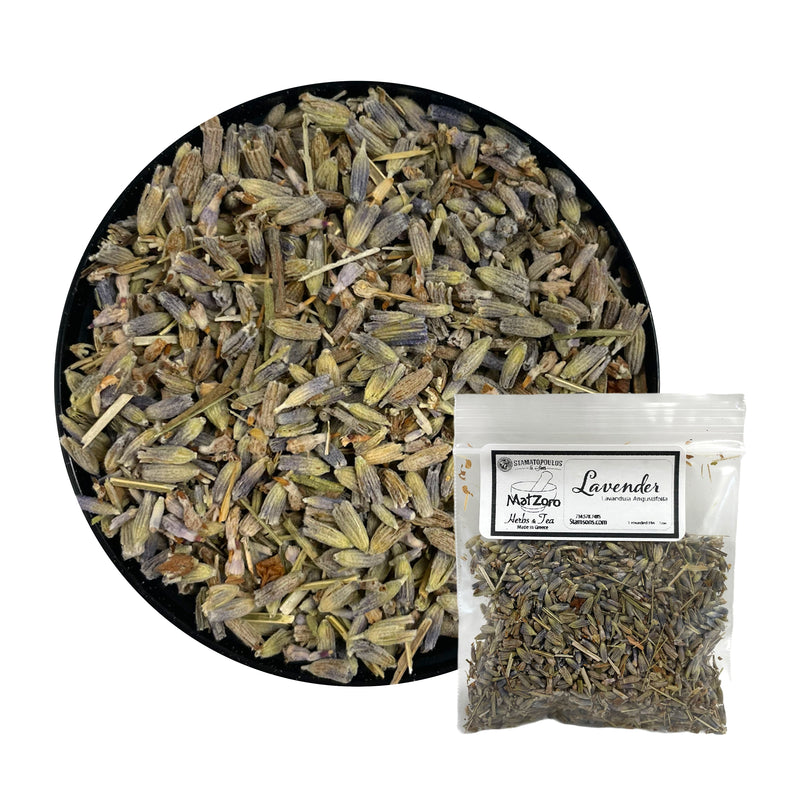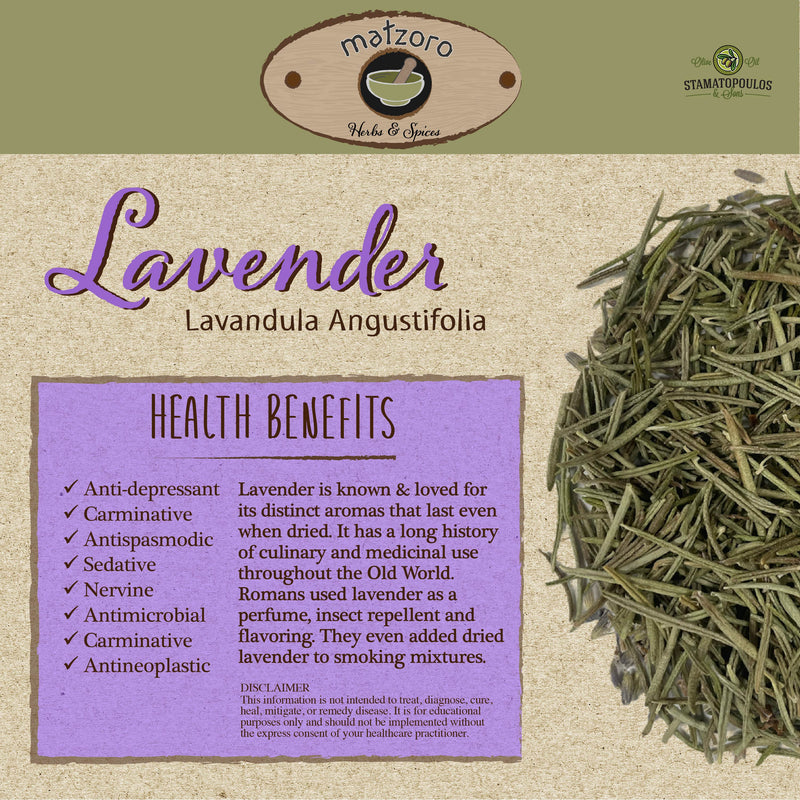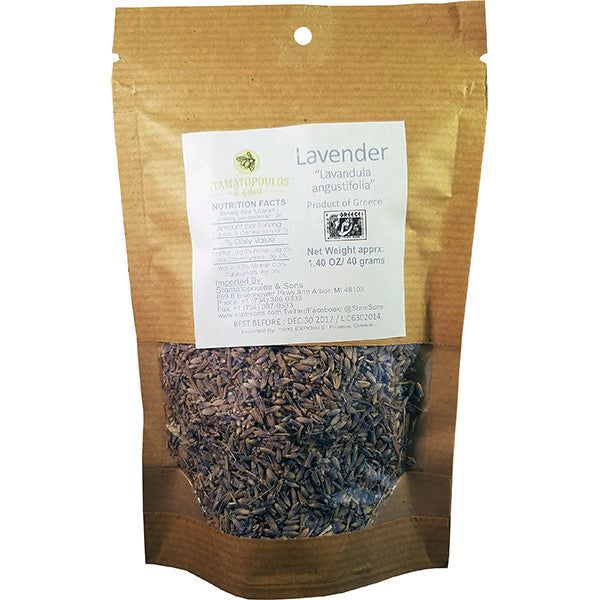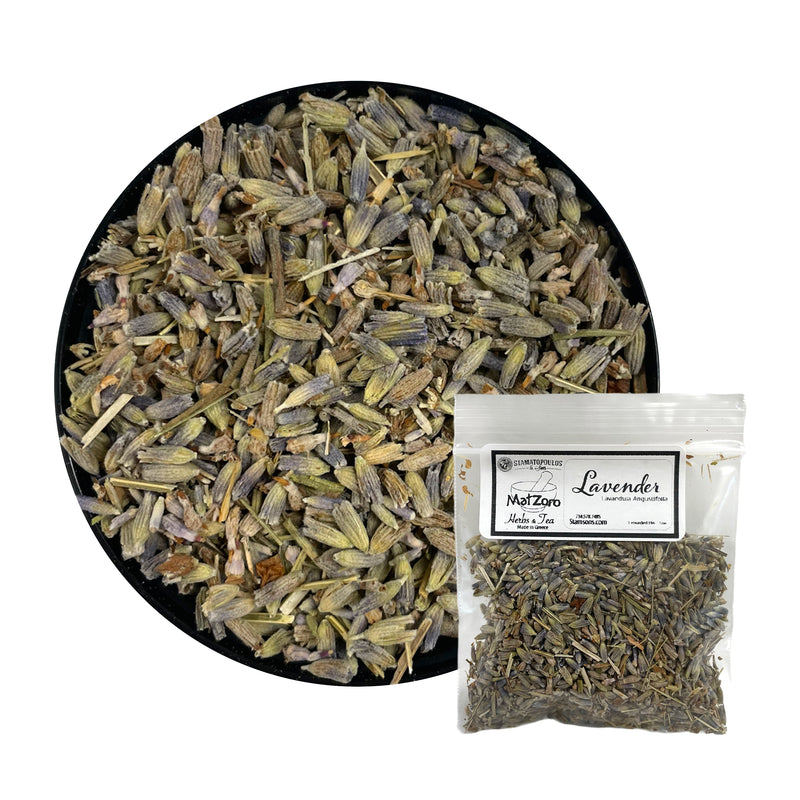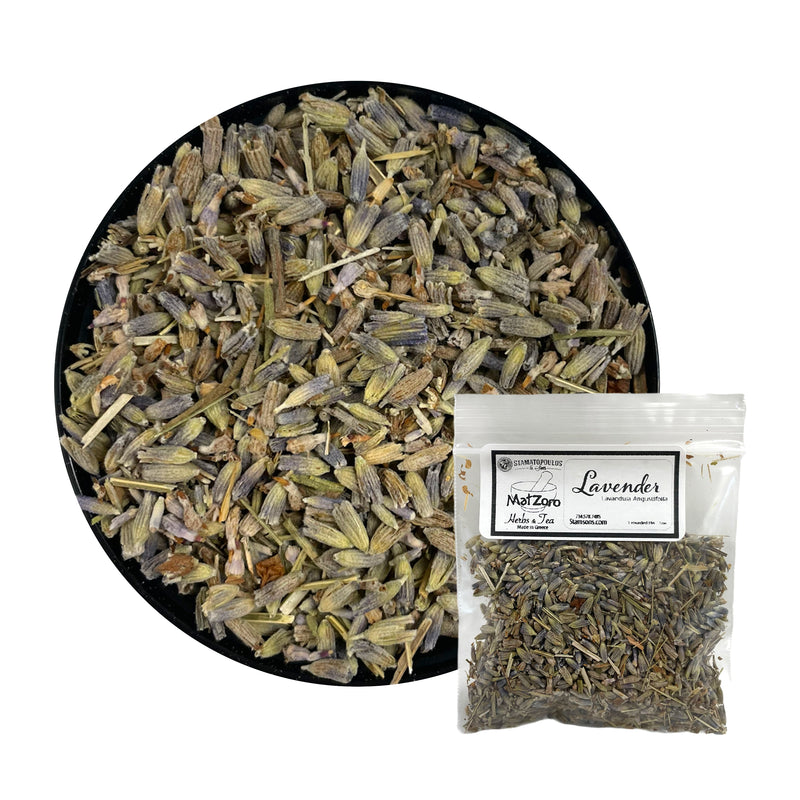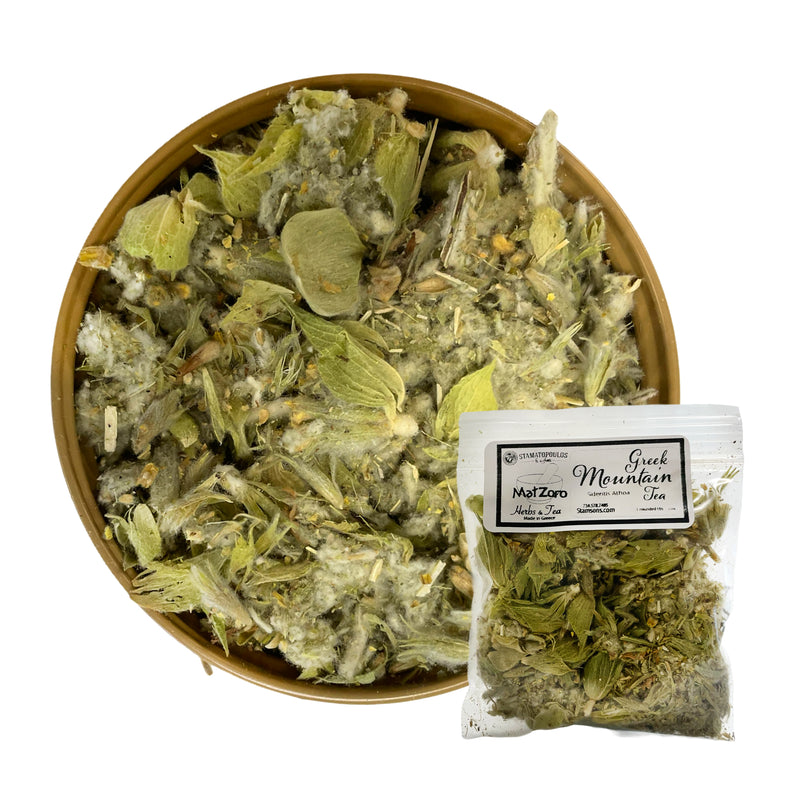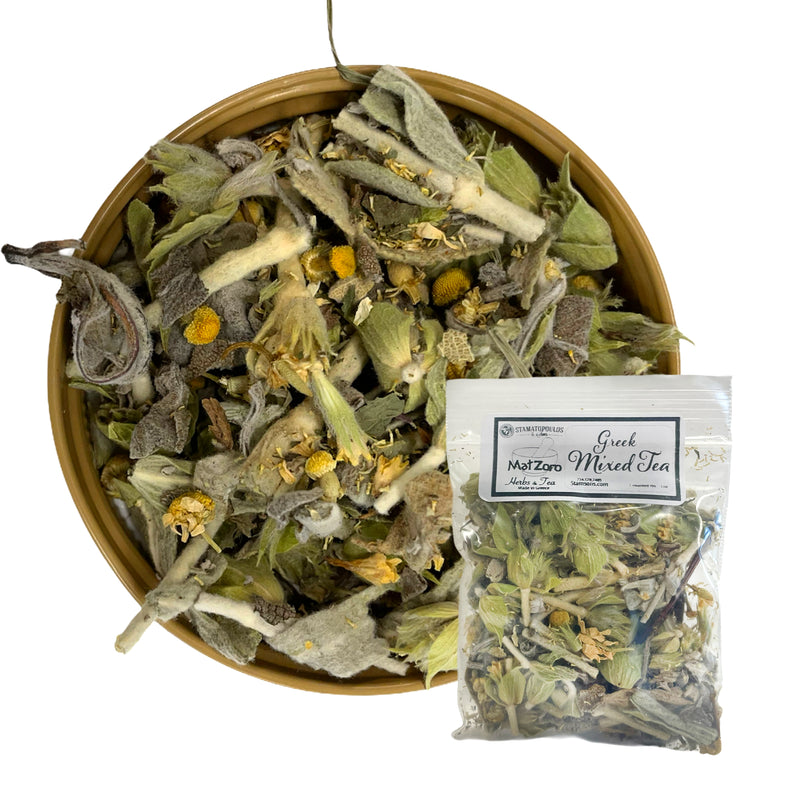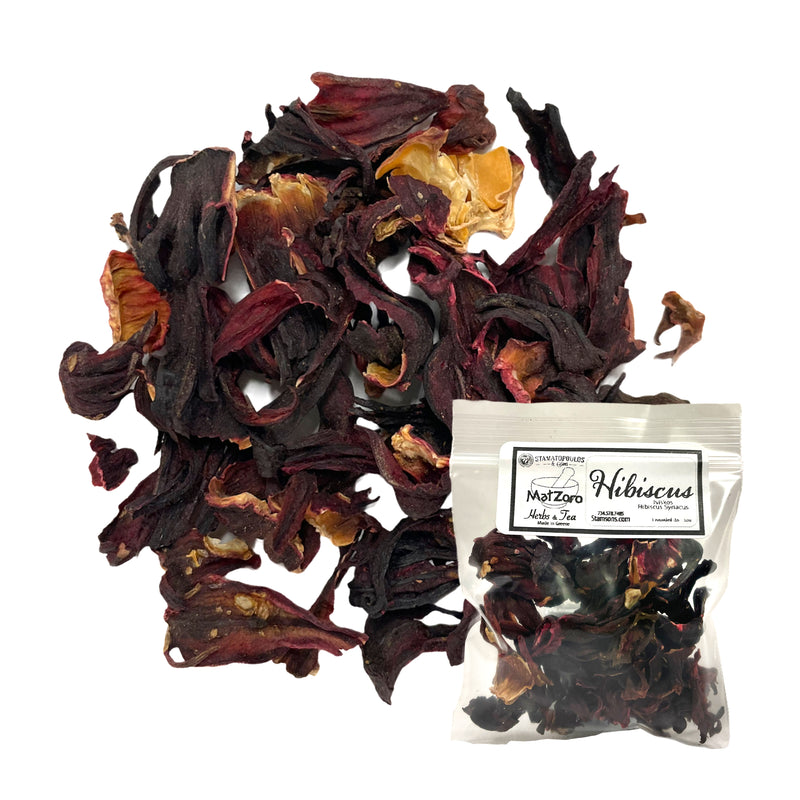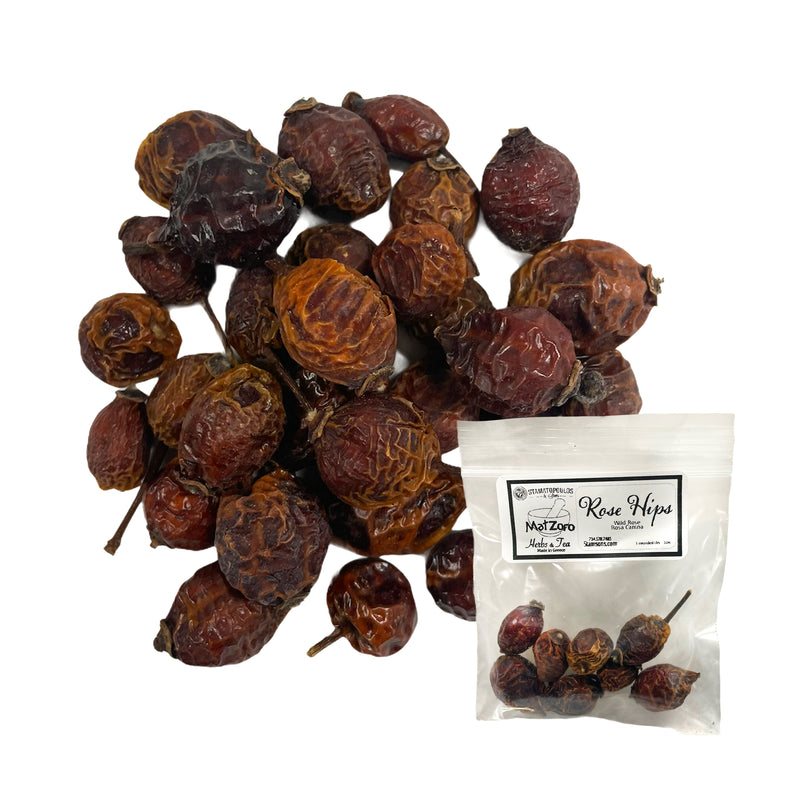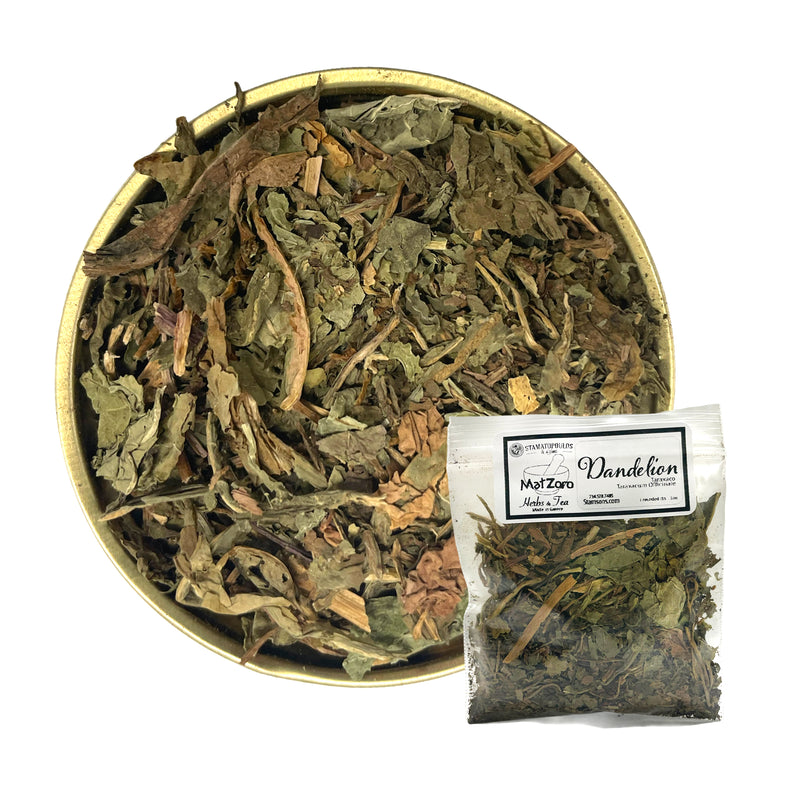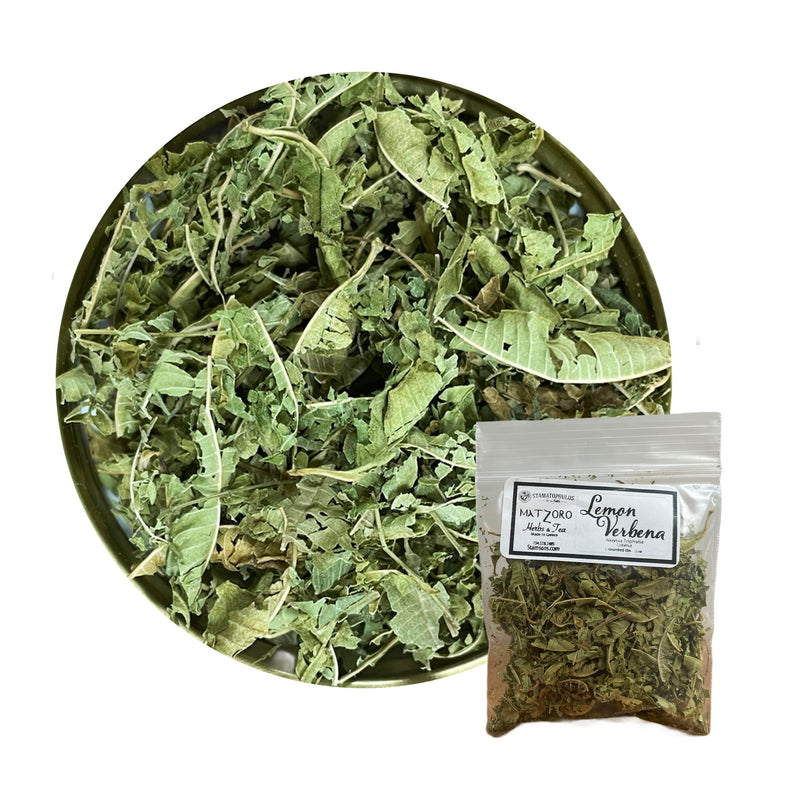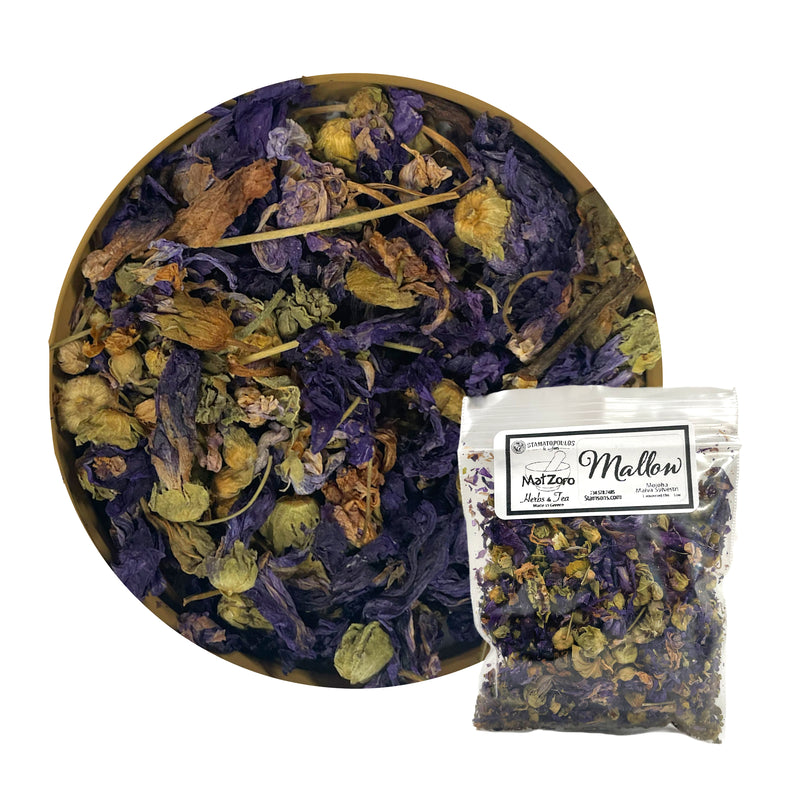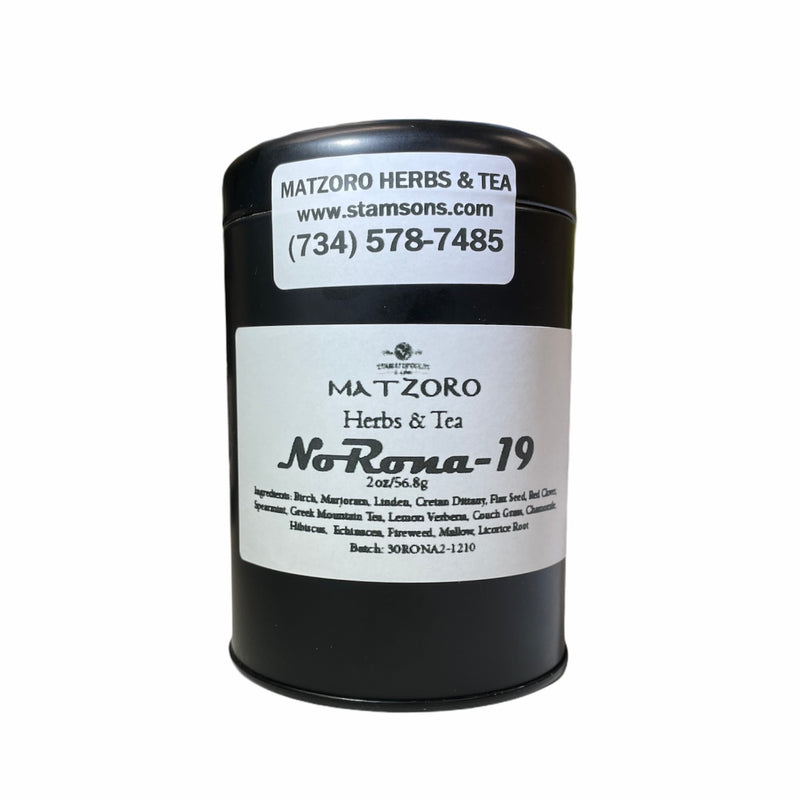{ "id":390416379, "title":"Lavender","handle":"lavender-lavandula-angustifolia-40-grams", "description":"\u003cb\u003eLAVENDER -\u003c\/b\u003e\u003cb\u003e Lavandula angustifolia -\u003c\/b\u003e \u003cb\u003eMint Family\u003c\/b\u003e\u003cbr\u003eCommon names: English lavender, spike lavender, French lavender, sweet lavender\u003cb\u003e \u003cbr\u003e\u003c\/b\u003e\u003cbr\u003e\u003cb\u003eHISTORY OF USE\u003c\/b\u003e\u003cbr\u003e\u003cspan style=\"font-weight: 400;\"\u003eLavender is a well known and much loved herb of the mint family for its distinct aromas that lasts well even when dried. It’s been used in sachets, and in eye pillows for its tension relieving quality. It has a long history of culinary and medicinal use throughout the Old World.\u003c\/span\u003e\u003cbr\u003e\u003cspan style=\"font-weight: 400;\"\u003eThe use of lavender has been recorded for more than 2,500 years. Egyptians, Phoenicians and the people of Arabia used lavender as a perfume -- and also for mummification, by wrapping the dead in lavender-dipped shrouds. In ancient Greece, lavender was used as a cure for everything from insomnia and aching backs to insanity. By Roman times, lavender was a prized commodity. Lavender flowers were sold to ancient Romans for 100 denarii per pound -- equivalent to a full month's wage for a farm laborer -- and were used to scent the water in Roman baths. In fact, the baths served as the root of the plant's current name. \"Lavender\" is derived from the Latin \u003c\/span\u003e\u003ci\u003e\u003cspan style=\"font-weight: 400;\"\u003elavare, \u003c\/span\u003e\u003c\/i\u003e\u003cspan style=\"font-weight: 400;\"\u003emeaning, \"to wash.\" Romans also used lavender as a perfume, insect repellent and flavoring. They even added dried lavender to their smoking mixtures.\u003c\/span\u003e\u003cbr\u003e\u003cspan style=\"font-weight: 400;\"\u003eIn Medieval and Renaissance Europe, lavender was strewn over the stone floors of castles for use as a disinfectant and deodorant. Use of lavender was highly revered during the Great Plague of London in the 17th century, when individuals fastened bunches of lavender to each wrist to protect themselves from the Black Death, and glovemakers scented their stocks of leather with lavender oil to ward off the disease. Thieves who made a living stealing from the graves and the homes of Plague victims concocted a wash known as \"Four Thieves Vinegar,\" (which contained lavender and other herbs) to cleanse and protect themselves after a night's work. Today, we know the disease was transmitted by fleas, so the use of lavender--which is known to repel these insects--could very well have saved lives and prevented further spread of the plague.\u003c\/span\u003e\u003cbr\u003e\u003cspan style=\"font-weight: 400;\"\u003eThe Shakers, a strict sect of English Quakers, are credited with commercializing lavender and introducing a variety of lavender-based products to the United States and Canada. The Shakers raised their own herbs, produced medicines, and sold them to neighbors and customers outside their religious sect. Because the Shakers believed in celibacy, they probably did not explore the romantic, sensual appeal that lavender is said to have, but there are many others throughout history who have, including Cleopatra, who, according to legend, used lavender to seduce Julius Caesar and Mark Antony.\u003cbr\u003e\u003c\/span\u003e\u003cbr\u003e\u003cb\u003eCULINARY USE\u003c\/b\u003e\u003cbr\u003e\u003cspan style=\"font-weight: 400;\"\u003eLavender adds a sweet fragrance, with a hint of mint, and undertones of camphor and pine. Use sparingly or it can overpower a recipe and taste bitter. A traditional use of lavender was to infuse in sugar for three weeks, then use the sugar for baking. A healthier alternative would be to infuse in honey. Lavender can be substituted in most savory recipes that call for rosemary or can be used with rosemary and sage. The aromatic oils of lavender add a wonderful herbal smoke flavor to grilled lamb, pork, or salmon steaks. Add dried flowers to white-ashed coals 10 to five minutes before end of grilling. Works well in marinades.\u003cbr\u003e\u003c\/span\u003e\u003cbr\u003e\u003cb\u003eMEDICINAL USE\u003c\/b\u003e\u003cbr\u003e\u003cspan style=\"font-weight: 400;\"\u003eLavender contains antimicrobial properties that aid in clearing infections both topically and internally. \u003c\/span\u003e\u003cbr\u003e\u003cb\u003eMind and nervous system: \u003c\/b\u003e\u003cspan style=\"font-weight: 400;\"\u003eRelieves stress headaches, clears mild depression. Nourishing to the nervous system. Aids natural sleep. \u003c\/span\u003e\u003cbr\u003e\u003cb\u003eDigestive System: \u003c\/b\u003e\u003cspan style=\"font-weight: 400;\"\u003eHelps relieve gas\u003c\/span\u003e\u003cbr\u003e\u003cb\u003eExternal Use: \u003c\/b\u003e\u003cspan style=\"font-weight: 400;\"\u003eInfused in olive oil, it can then be made into a liniment or salve for skin care, aches and pains. Putting the flowers in a muslin tea bag and putting into the bath water will help relieve tension, stress, and insomnia. Apply lavender tea topically for insect bites, or as a wash for cuts. \u003c\/span\u003e\u003cb\u003e \u003cbr\u003e\u003c\/b\u003e\u003cbr\u003e\u003cb\u003eACTIONS\u003c\/b\u003e\u003cbr\u003e\u003cspan style=\"font-weight: 400;\"\u003eCarminative, anti-spasmodic, anti-depressant, sedative, nervine, antimicrobial, carminative, antineoplastic\u003cbr\u003e\u003c\/span\u003e\u003cbr\u003e\u003cb\u003eCONSTITUENTS\u003c\/b\u003e\u003cbr\u003e\u003cspan style=\"font-weight: 400;\"\u003eVolatile oils including linalyl acetate, linalool, geraniol, cineole, limonene and sesquiterpenes\u003cbr\u003e\u003c\/span\u003e\u003cbr\u003e\u003cb\u003eFLAVOR \u0026amp; ENERGETICS\u003c\/b\u003e\u003cbr\u003e\u003cspan style=\"font-weight: 400;\"\u003eSweet, fragrant\u003cbr\u003e\u003c\/span\u003e\u003cbr\u003e\u003cb\u003eCAUTIONS\u003c\/b\u003e\u003cbr\u003e\u003cspan style=\"font-weight: 400;\"\u003eLavender is used widely as an essential oil which should only be external. Essential oils contain toxic volatile substances and are not recommended in large doses. Lavender can induce drowsiness and muscular convulsions. Some people have reported allergies to lavender. Oral use in children or pregnant\/breastfeeding women is not recommended. \u003cbr\u003e\u003c\/span\u003e\u003cbr\u003e\u003cb\u003eTEA BLENDS\u003c\/b\u003e\u003cbr\u003e\u003cspan style=\"font-weight: 400;\"\u003eFor mild depression, combine with lavender and rosemary. For stress headaches, try lavender and valerian root.\u003cbr\u003e\u003c\/span\u003e\u003cbr\u003e\u003cb\u003eDISCLAIMER\u003c\/b\u003e\u003cbr\u003e\u003cspan style=\"font-weight: 400;\"\u003eThis information is not intended to treat, diagnose, cure, heal, mitigate, or remedy disease. It is for educational purposes only and should not be implemented without the express consent of your healthcare practitioner.\u003c\/span\u003e", "published_at":"2025-04-08T18:36:48", "created_at":"2014-10-21T19:09:01", "vendor":"Stamatopoulos \u0026 Sons", "type":"Herbs, Teas, \u0026 Spices", "tags":["Herbs \u0026 Spices \u0026 Teas"], "price":800, "price_min":800, "price_max":800, "price_varies":false, "compare_at_price":null, "compare_at_price_min":0, "compare_at_price_max":0, "compare_at_price_varies":false, "all_variant_ids":[914809031], "variants":[{"id":914809031,"title":"40g","option1":"40g","option2":null,"option3":null,"sku":"728943763805","requires_shipping":true,"taxable":false,"featured_image":{"id":22590483404,"product_id":390416379,"position":4,"created_at":"2017-02-23T14:16:19-05:00","updated_at":"2021-09-22T15:36:34-04:00","alt":null,"width":600,"height":600,"src":"\/\/stamsons.com\/cdn\/shop\/products\/600_x_600_Lavender1.jpg?v=1632339394","variant_ids":[914809031]},"available":true,"name":"Lavender - 40g","public_title":"40g","options":["40g"],"price":800,"weight":40,"compare_at_price":null,"inventory_quantity":22,"inventory_management":"shopify","inventory_policy":"deny","barcode":"728943763805","featured_media":{"alt":null,"id":8950448207,"position":4,"preview_image":{"aspect_ratio":1.0,"height":600,"width":600,"src":"\/\/stamsons.com\/cdn\/shop\/products\/600_x_600_Lavender1.jpg?v=1632339394"}},"requires_selling_plan":false,"selling_plan_allocations":[]}], "available":null,"images":["\/\/stamsons.com\/cdn\/shop\/products\/lavender2a.jpg?v=1632339394","\/\/stamsons.com\/cdn\/shop\/products\/Amazoninfographics_Lavender.jpg?v=1632339394","\/\/stamsons.com\/cdn\/shop\/products\/600_x_600_Lavender.jpg?v=1632339394","\/\/stamsons.com\/cdn\/shop\/products\/600_x_600_Lavender1.jpg?v=1632339394","\/\/stamsons.com\/cdn\/shop\/products\/lavender_2a.jpg?v=1632339394","\/\/stamsons.com\/cdn\/shop\/products\/lavender_2a_5050fde0-95b6-4580-add8-77cc8395bb07.jpg?v=1632339454"],"featured_image":"\/\/stamsons.com\/cdn\/shop\/products\/lavender2a.jpg?v=1632339394", "options":["Size"], "url":"\/products\/lavender-lavandula-angustifolia-40-grams"}
Lavender
Related Products
Greek Mountain Tea
$ 4.00
Greek Mixed Tea
$ 6.00
Hibiscus
From $ 1.00
Rose Hips
$ 7.00
Dandelion
$ 7.00
Lemon Verbena
$ 6.00
Licorice Root
From $ 1.00
Mallow
$ 6.00
NO-RONA-19
$ 12.00
Birch (Betula Rendula)
From $ 1.00
